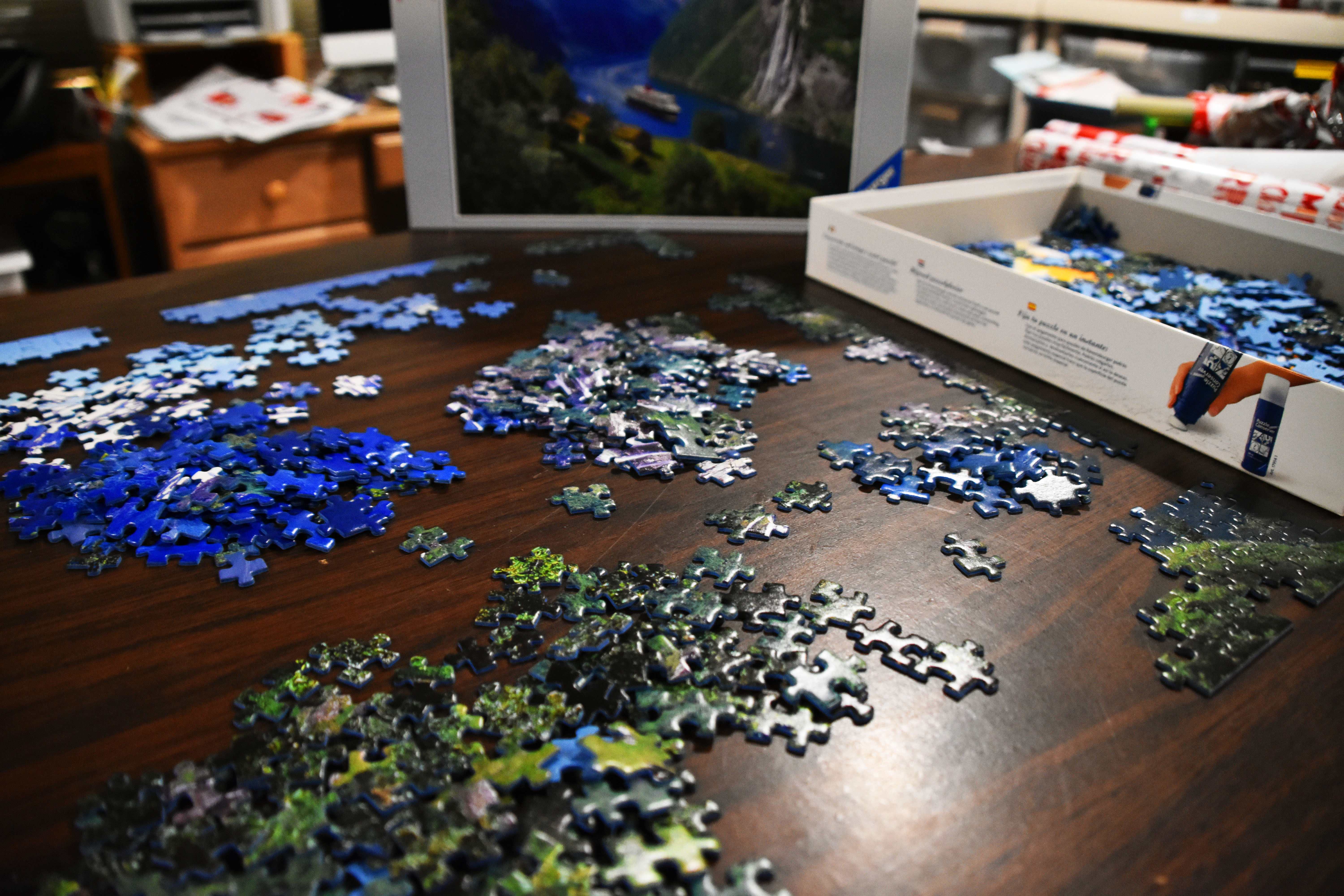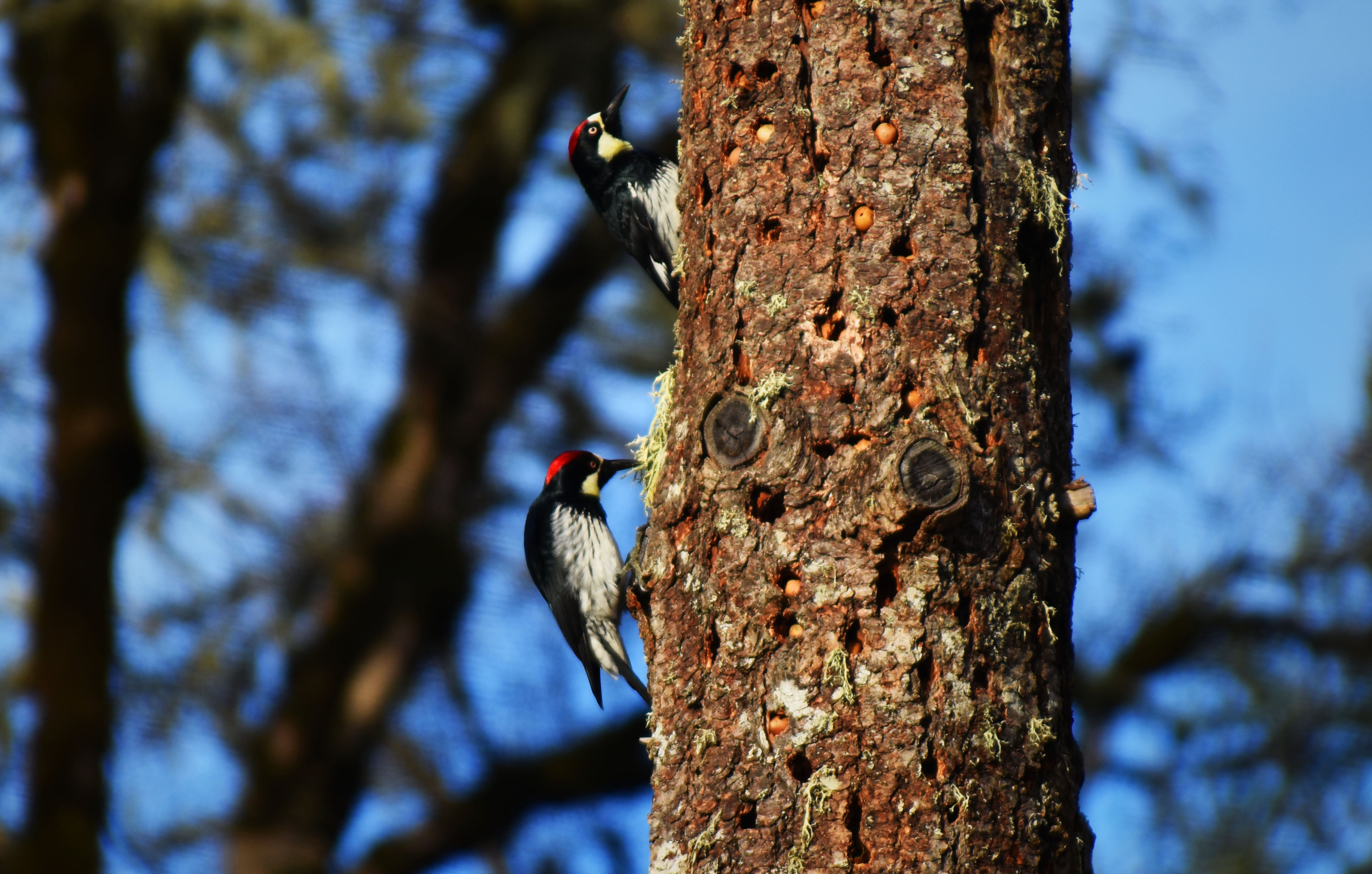Indoor and outdoor activities for the winter season
Allison Vanderzanden | Lifestyle Editor
COVID-19 has forced many people to find new ways to fill their time, like picking up on a variety of hobbies. As quarantining continues, the cold winter months bring on a new season with an abundance of new activities. Get inspired to try something new or rekindle an old favorite activity with this list of indoor and outdoor winter hobbies.
Knitting/crocheting: Whether it be a scarf, hat, blanket or sweater, knitting and crocheting generate perfect products for winter days. Knitting needles and crochet hooks can be purchased for as little as $5, and yarn costs as little as $3 depending on the type. Numerous blogs and YouTube videos exist to help get started, or ask a family member who knows how to knit or crochet to pass down their skill.
Baking: Home-baked desserts can make any dull winter day sweeter. Whether it be cakes, cookies, breads or other confections, there are endless possibilities of baked goods to choose from. Check out recipes online, including on The Western Howl’s website, or invest in a cookbook; add a fun challenge by making a dessert only with items currently in the pantry.

Puzzles: Jigsaw puzzles are great for all ages with their wide variety of piece numbers and artworks. There are also other types of puzzle games to try, like sudoku, crosswords and word searches. Many different apps are available for any of these puzzles, or go old-school pen and paper by printing them from websites or buying a whole bookful.

Birding: Though the weather is cold, the trees are now bare, and that creates the perfect opportunity to pick up birdwatching. According to the Fernhill Wetlands Council, common birds to see in the winter in Oregon include the black-capped chickadee, red-tailed hawk, killdeer, northern flicker, house finch and song sparrow. Use a birding app or book and get outside to spot and identify some birds.
Photography: The world is a piece of art that can be captured in a photo. Winter’s shimmering snow and monochromatic backdrop can make for beautiful photos, and now is as good a time as any to try it out. Even phone cameras can capture great shots — try adjusting different settings and filters to see the wide range of possibilities photography has.
Winter sports: Getting outdoors and exercising can be a good stress reliever while simultaneously getting out of the house. Hit the slopes on skis or snowboard, go snowshoeing or learn how to ice skate or play hockey. Make sure to research if venues are open and what their COVID regulations are. Another outdoor activity that can be done with family or neighbors is a snowball fight.

Contact the author at avanderzanden19@mail.wou.edu


